 1851 - 1909
impressionism
1851 - 1909
impressionism
Description Peder Severin Kroyer
Peder Severin Krøyer, born in 1851 in Stavanger, Norway, emerged as a luminous figure in the Scandinavian art scene during the late 19th and early 20th centuries. His artistic journey, intertwined with personal triumphs and challenges, unfolded against the backdrop of changing artistic currents and the breathtaking landscapes of Northern Europe.
Krøyer's early years were marked by a quest for artistic mastery, leading him to study in Copenhagen and then Paris, where he immersed himself in the vibrant art scene of Montmartre. His encounters with Impressionist ideas, particularly through his friendship with French painter Alfred Sisley, ignited a transformative shift in his palette and technique.
His artistic odyssey reached a zenith when he joined the colony of artists in Skagen, a coastal town in Denmark. This period marked the peak of Krøyer's career, both in terms of artistic output and personal fulfillment. The Skagen Painters, a group he was an integral part of, sought to capture the unique play of light on the rugged landscapes of the region.
Krøyer's masterpieces from the Skagen period, such as "Summer Evening at Skagen Beach" and "Hip, Hip, Hurrah!," epitomized his ability to convey the atmospheric nuances of Northern light. The paintings, often featuring scenes of social gatherings and portraits of fellow artists, radiated a sense of camaraderie and joie de vivre.
While his artistic acclaim soared, Krøyer's personal life encountered challenges. His marriage to fellow artist Marie Triepcke brought both joy and sorrow, with Marie's deteriorating health casting a shadow over their union. Despite the trials, their relationship became a subject of poignant paintings, such as "Summer Evening on Skagen's Southern Beach."
Krøyer's later years saw a decline in health, both physical and mental, as he grappled with bouts of illness and depression. The once-prolific artist faced periods of creative stagnation, yet his legacy remained indelible.
Peder Severin Krøyer passed away in 1909, leaving behind a body of work that captured the essence of a fleeting moment in Scandinavian art. His ability to fuse Impressionist techniques with a unique Nordic sensibility, coupled with his exploration of light and social dynamics, secured his place as a luminary of Northern European art. Krøyer's paintings, bathed in the enchanting hues of Skagen's landscapes, continue to resonate as timeless evocations of a bygone era.
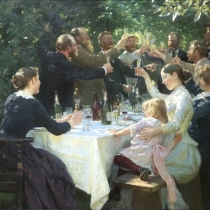

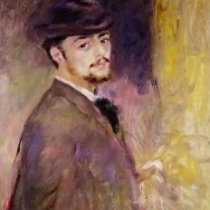
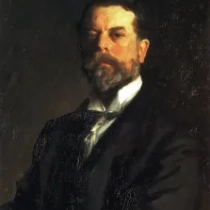
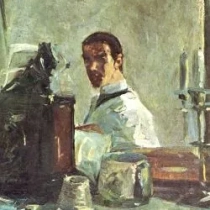
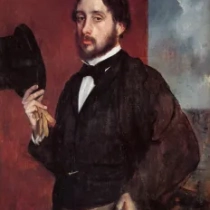



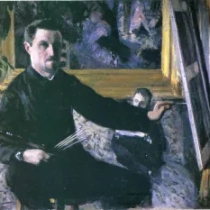






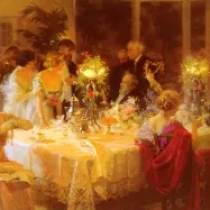





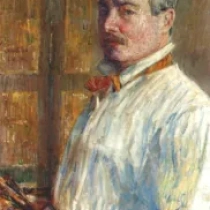
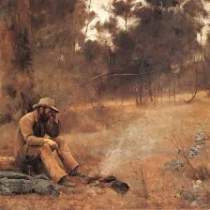

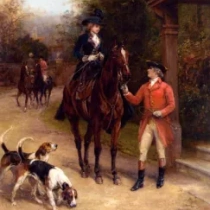
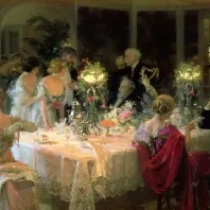
No Comments Yet...